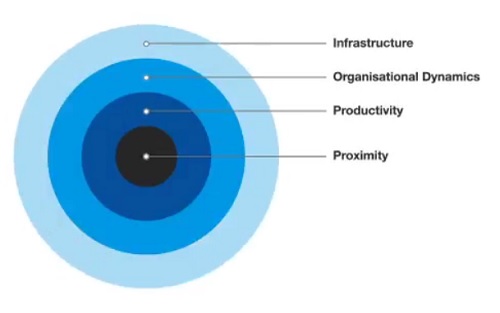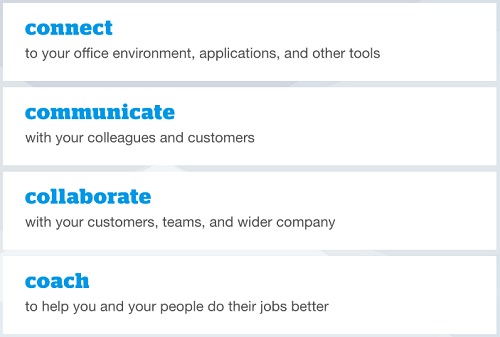Key considerations for successful hybrid working

Authored by QBE
With many companies now returning to the office, the grand experiment in hybrid working is well underway. For those that get it right, the benefits are a more engaged, flexible and productive workforce alongside rationalised overheads. But, with up to 40% of people saying they are looking to change roles post pandemic, those that get it wrong risk losing top talent.
Overview
The critical element in designing hybrid roles will be balancing and aligning the needs of the job with the needs of individual employees, and ensuring any risks are mitigated. As well as considering personal employee situations and preferences, there are other factors employers should focus on as they design hybrid roles. While not exhaustive, we have outlined some of the key questions you should be asking yourself below.

Proximity
What has the pandemic taught us about the minimum proximity requirement to carry out the role?
Have experiments with alternatives to in-person working been effective?
Productivity
What are the key productivity drivers of the role and what has the pandemic taught us about the remote / in office equation?
e.g.
- Energy
- Focus
- Coordination
- Cooperation
Organisational Dynamics
How will we promote and ensure positive organisational dynamics?
- Team cohesion and trust
- Effective information sharing
- Effective co-ordination and leadership
- Fairness and inclusion
- Infrastructure and enabling technology
Does more need to be done to develop the supporting technology and infrastructure?
- Optimising the physical infrastructure and workspaces
- Moving beyond simple connectivity and communication
- Building “intelligent” enablers
Just like no one size fits all for hybrid working, there is unlikely to be one single technology solution that will cover all bases for every business either.
The 4 Cs of enabling technologies
Just like no one size fits all for hybrid working, there is unlikely to be one single technology solution that will cover all bases for every business either, but getting the right combination of technology in place could make all the difference. With a plethora of potential solutions on the market, the best way to assess what will work for your business is to focus on addressing the primary needs that are common across all businesses.

About QBE
QBE European Operations is part of QBE Insurance Group, one of the world’s leading international insurers and reinsurers and Standard & Poor’s A+ rated. Listed on the Australian Securities Exchange, QBE’s gross written premium for the year ended 31 December 2018 was US$13.7 billion.
As a business insurance specialist, QBE European Operations offers a range of insurance products from the standard suite of property, casualty and motor to the specialist financial lines, marine and energy. All are tailored to the individual needs of our small, medium and large client base.
We understand the crucial role that effective risk management plays in all organisations and work hard to understand our clients’ businesses so that we offer insurance solutions that meet their needs – from complex programmes to simpler e-trading solutions – and support them in minimising their risk exposures. Our expert risk management and rehabilitation practitioners focus on helping clients improve their risk management so that they may benefit from a reduction in claims frequency and costs.

